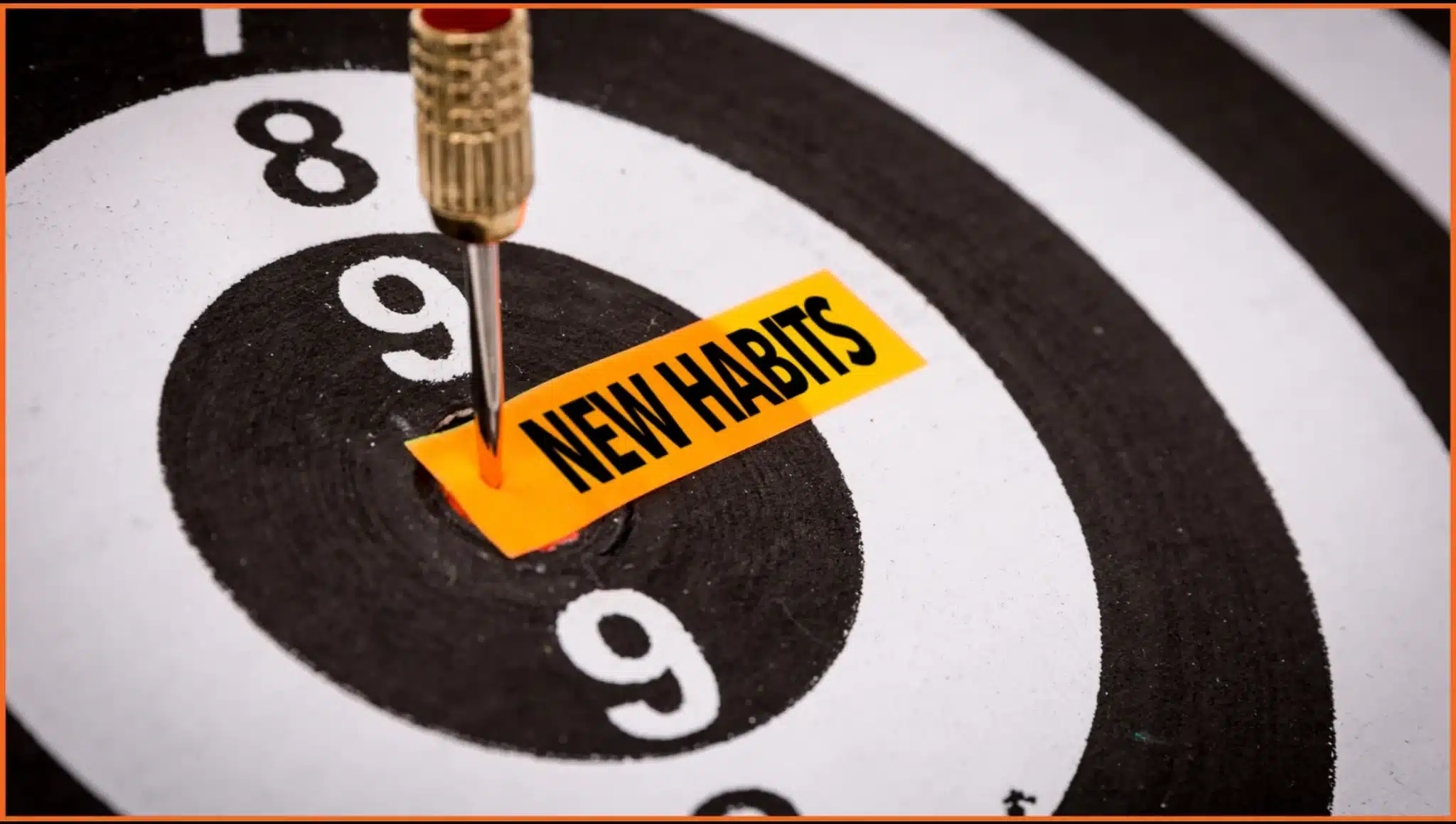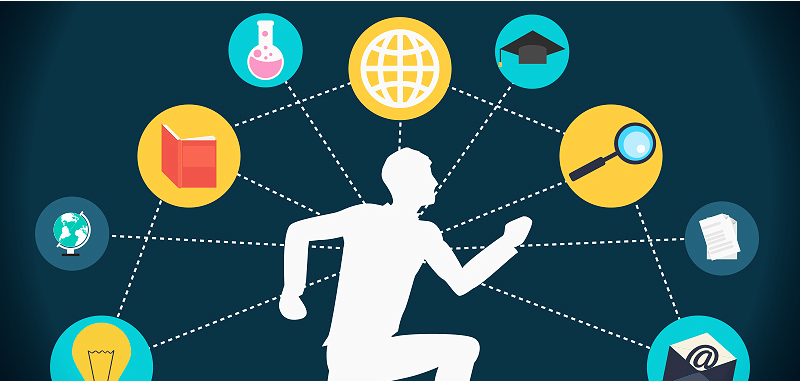Change is inevitable. And yet, it never quite feels easy, does it?
In our work with corporate teams across industries, we’ve consistently observed one pattern: people don’t resist change – they resist the discomfort that change brings. Whether it’s a shift in workplace dynamics, a company merger, new leadership, or something as unpredictable as a global pandemic, our response to change determines whether we grow or struggle.

A More Recent Reminder: The COVID-19 Pandemic and the Shift to Remote Work
Table of Contents
Let’s take a moment to revisit one of the most transformative changes we’ve all experienced in recent years: the sudden shift to remote work during the COVID-19 pandemic.
Almost overnight, organizations across the globe had to reimagine how work got done. Employees who had never worked outside of an office environment found themselves attending Zoom meetings from kitchen counters and collaborating virtually with teammates they previously saw every day.
What we noticed, working with teams during this time, was that the response to this shift was varied.
Some individuals and teams embraced the change with creativity and openness. They upgraded their digital skills, restructured their workflows, and adopted tools like Slack, Trello, and Microsoft Teams almost overnight. In fact, some leaders we worked with used this moment to empower their teams with greater autonomy, resulting in increased innovation and productivity.
Others struggled to cope. There were real challenges – loneliness, digital fatigue, and blurred boundaries between work and personal life. And while those are valid concerns, we also saw many people staying stuck in frustration because they were waiting for things to go “back to normal.”
This scenario reminded us of something we often reference during workshops: change itself is not the problem – our relationship with it is.

The Cockroach Theory, Revisited

Google’s former CEO Sundar Pichai once shared a story that perfectly illustrates our reactions to change.
At a restaurant, a cockroach flew onto a woman. She panicked, screamed, and tried to shake it off. Her reaction triggered panic in the others at the table. Eventually, the cockroach landed on a waiter, who calmly observed it, grabbed it, and threw it out.
Was the cockroach the problem? Or was it the people’s inability to deal with the disturbance that caused the chaos?
This theory has stayed with us. Over the years, we’ve seen how some people respond to change with clarity and composure, while others react with fear and resistance. Just like the waiter in the story, effective leaders and high-performing teams don’t just react – they respond.
And that distinction makes all the difference.
What We’ve Learned from Working with Corporate Teams
As a team that has facilitated experiential learning for hundreds of organizations, we’ve noticed some common themes when it comes to coping with change:
1. Awareness Precedes Adaptability
One of the first steps to coping with change is recognizing that you’re in the midst of it. This may sound obvious, but in high-pressure environments, many individuals continue operating as though nothing has shifted.
In our workshops, we often ask: What has changed for you? This reflection helps people move from denial to acceptance – a critical first step in any transition.
2. Change Triggers Grief
This might sound dramatic, but it’s true. Any significant change – be it a job role shift, a new reporting manager, or even a new office space – can trigger a sense of loss. We’ve seen this most clearly in team integrations after mergers and acquisitions.
Understanding this emotional undercurrent can help leaders communicate with more empathy and support their teams through uncertainty.
3. People Need Space to Process
During one of our sessions with a large tech company undergoing structural reorganization, we created small group discussions where employees could simply talk about how the changes were affecting them. The shift was remarkable – people moved from frustration to possibility just by having the space to voice their feelings.
Sometimes, the most powerful thing you can offer a team navigating change is a safe space to reflect.
Related Reading: Building Psychological Safety
From Resistance to Resilience
Our experience has shown that teams who learn to embrace change share a few key traits:
1. They Cultivate a Growth Mindset
As Carol Dweck’s research has shown, a growth mindset – the belief that abilities can be developed – leads to resilience in the face of change. We’ve incorporated this principle into our learning journeys with clients, often using immersive activities that push people slightly outside their comfort zones.
One of our signature activities, “Key Punch,” is designed precisely for this purpose. It’s not just a fun team-building exercise – it reveals deeply ingrained patterns of thinking and helps participants discover more flexible, adaptive responses.
In one session, a senior manager told us afterward:
“I didn’t realize how rigidly I approached problem-solving until we did this. It was a wake-up call.”
Related Reading: 20 Ideas To Break Out Of Your Comfort Zone
2. They Redefine Success Frequently
In a changing environment, yesterday’s definition of success might no longer be relevant. We encourage teams to periodically re-align on what success looks like now. This helps people let go of outdated benchmarks and focus on what matters today.
3. They Encourage Micro-Learning and Flexibility
We’ve seen L&D teams lead the charge in helping employees cope with change by shifting from long-form training programs to micro-learning modules and on-demand learning resources. This flexible approach empowers people to learn in the flow of work and stay agile.
How Can L&D Teams Support Change Adaptation?
If you’re in HR or L&D, you’re likely already at the forefront of managing transitions within your organization. But here are a few strategies that have worked well for the clients we work with:
1. Normalize Conversations Around Change
Help managers create regular check-ins where employees can speak openly about what’s changing, what they’re struggling with, and what support they need.
2. Make Experiential Learning Central
Don’t just talk about change – let people experience it in a safe, simulated environment. Activities like Key Punch, or scenario-based role-plays, allow employees to surface their habits and explore new approaches.
3. Build Emotional Resilience into Your Learning Culture
We’ve found that sessions focused on emotional intelligence, mindfulness, and stress management are no longer “nice-to-haves.” They’re essential tools for navigating an unpredictable world.
One organization we worked with embedded resilience training into their leadership development journey. The results? Better communication, lower attrition, and more confident decision-making—even amidst rapid change.
Final Thoughts: Choose Your Response
Change is no longer a once-in-a-while occurrence. It’s constant. In fact, in today’s business landscape, the ability to cope with change might just be one of the most essential workplace competencies.
In our experience, those who thrive through change do so because they make a conscious decision – to stay calm, stay curious, and stay open.
As one leader told us after a session,
“I can’t always control what happens in the market, or even in my company. But I can choose how I show up. And that choice changes everything.”
If there’s one takeaway we’d like to leave you with, it’s this:
Change doesn’t break us. It reveals us.
And in revealing ourselves, we find the opportunity to evolve – both as individuals and as teams.
If you’re looking to explore experiential learning journeys that help your team become more adaptable and resilient in the face of change, we’d love to share what’s worked with other organizations.
Until then – pause, breathe, observe, and respond.
You’ve got this.










